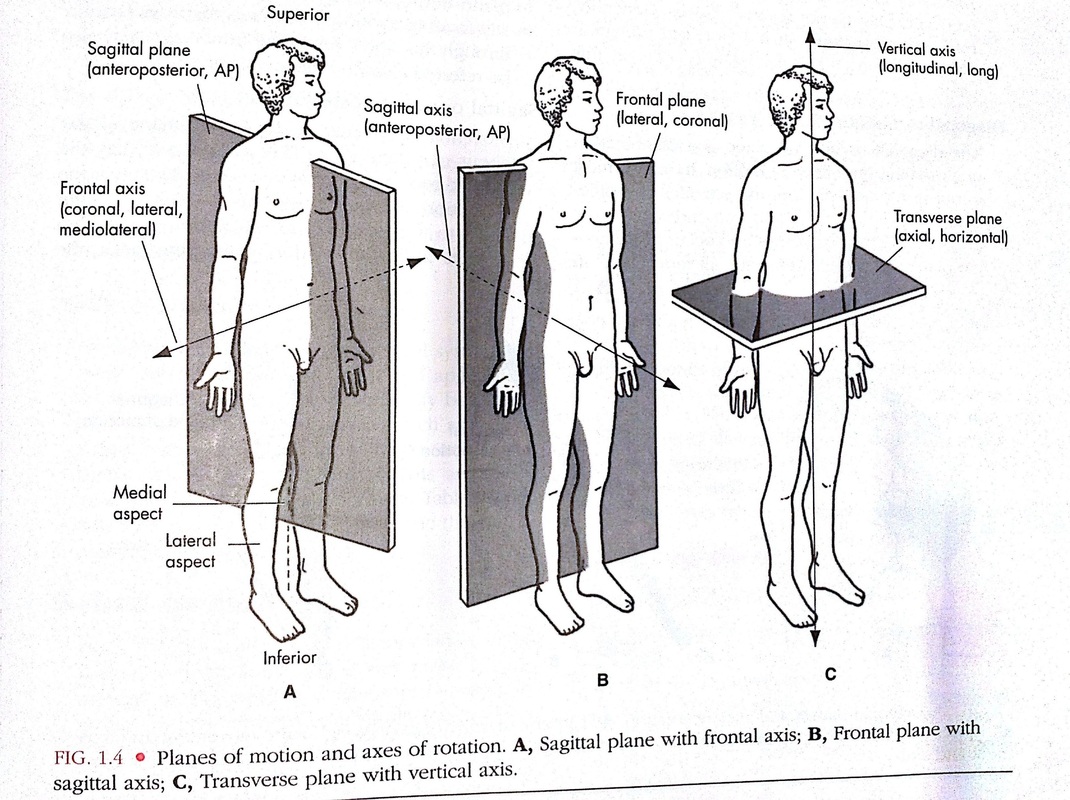You may be familiar with the expression "use it or lose it." Well, this couldn't be more true when it comes to aging and the decline of muscle. In case you're thinking that this only applies to really old people, think again. According to Dr. Mark Peterson from the University of Michigan Physical Activity and Exercise Intervention Research Laboratory,
"normally, adults who are sedentary beyond age 50 can expect muscle loss of up to 0.4 pounds a year. That only worsens as people age. But even earlier in adulthood - the thirties, forties and fifties - you can begin to see declines, if you don't engage in any strengthening activities."Other research shows that,
"after age 40, people typically lose 8 percent or more of their muscle mass each decade, a process that accelerates significantly after age 70. Less muscle mass generally means less strength, mobility and among the elderly, independence. It also has been linked with premature mortality." (1)I'd venture to say that most of us want our "golden" years to be, well, golden. In other words, it would be ideal if quality and quantity of life marched along at the same pace. However, for many people, an increase in quantity of life comes with a relatively rapid decline in quality of life.
Until fairly recently, muscle atrophy was thought to be a natural part of aging and that this decline was inevitable and, more importantly, irreversible. However, research has repeatedly shown the opposite to be true! In one 2007 ground breaking study of resistance exercise and how it reverses aging in human skeletal muscle done by S. Melov, et. al. it was demonstrated that muscle decline is reversible with weight training and the changes occur at the gene level! This is exciting because it proves that performing resistance training really does offer us a fountain of youth so to speak.
What does all this mean for us in a practical sense? Call me Captain Obvious, but I'll state it none the less - first and foremost, we have to perform resistance training! Some of you might be saying, okay, already, I've got the message. Resistance training is important, but what should I be doing in my resistance training program? Good question!
I had the pleasure of attending a workshop given by Mark Roozen, who was the strength coach for the Cleveland Browns. The information he presented focused on the importance of training movements patterns, before focusing on individual muscle strength. You might be wondering what constitutes a movement pattern. Humans have 7 primary movement patterns that we learn and refine over the course of our lives. These are:
- Gait - walking, running, sprinting
- Squatting
- Lunging
- Pulling
- Pushing
- Pressing
- Twisting
Now, it may surprise you as it did me to learn that even elite athletes like the pro football players Mark works with may have to return to the basics. Mastery of these movement patterns is critical to the prevention of injury, and to the ability to train to full potential. This applies to all of us - from weekend warriors to elite athletes and everywhere in between.
Training movement patterns is a more efficient way to train the body than isolation training because it mimics the way our bodies perform in our activities of daily living. Ultimately this is what healthy aging is all about - training our bodies to be efficient in performing activities of daily living.
So how do we incorporate these movement patterns into our resistance training workouts? Consider the following:
- Movement planes and the axes in which movements take place

Image from http://kintasticscleanandjerkproject.weebly.com/uploads/1/7/1/4/17146288/7514150_orig.jpg - incorporate the 7 movement patterns
- Ex: Squats, Lunges, Cleans, Deadlifts, Bench and Military Presses
- If you're over age 50 and/or previously sedentary consider starting a resistance training program that uses your body weight. For example you can start with simple squats like chair squats and lunges (knees permitting), etc. NOTE: exercises may be challenging for those new to resistance training. Start slow and with the basics. This means performing stationary exercises in one plane and then progressing to movements that incorporate more weight and multi-planes. Always consult your physician before beginning any exercise program.
Still not convinced? Check out this excellent article by Dr. Wayne Wescott found here, which details the many health benefits gained through resistance training.
(1) Source: Reynolds, Gretchen. “Aging Well Through Exercise,” The New York Times.

